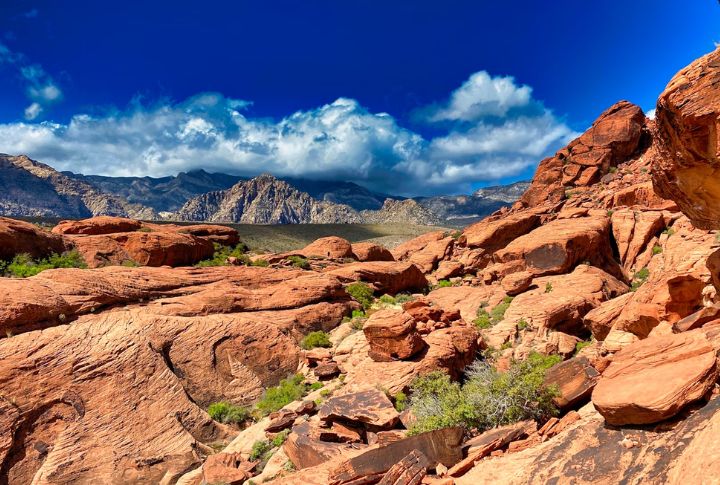
Rattlesnakes aren’t just desert dwellers—they’ve carved out territory across diverse landscapes. In some states, they blend into grasslands or rocky trails. In others, they turn up near barns or forest edges. These are the places where spotting a snake is just part of the scenery—boots optional, nerves required.
Arizona
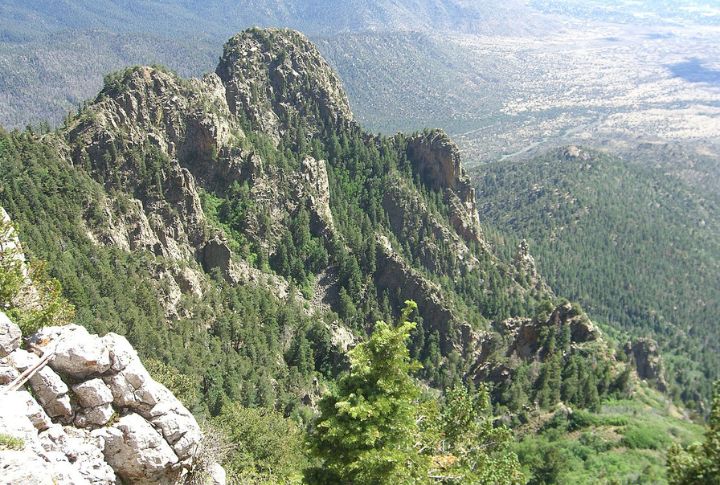
Arizona’s ecological variety supports the highest number of rattlesnake species in the U.S., a total of thirteen. The South’s rugged mountains and dry riverbeds offer perfect conditions for snakes like the Mojave and Western Diamondback. As summer heats up, they become more active, especially at dusk. The Southeastern Sky Islands shelter the rare, protected Ridge-nosed Rattlesnake.
Texas
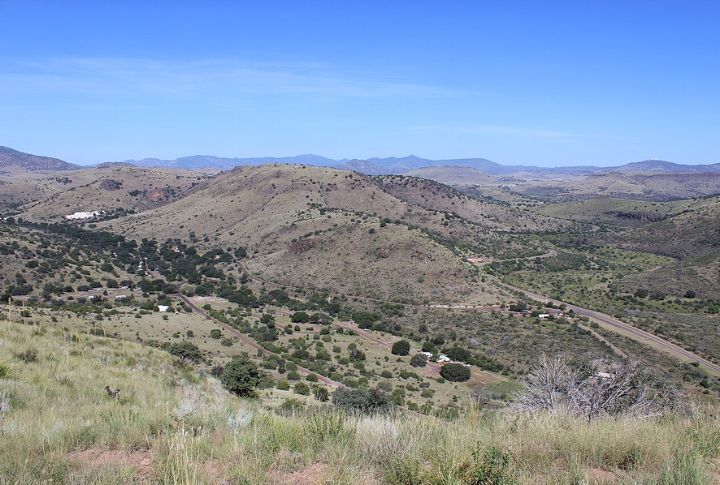
With over 268,000 square miles of terrain, Texas gives rattlesnakes room to roam. It is home to over 10 species of rattlers. The Western Diamondback dominates ranchlands and oil fields, but the lesser-known Banded Rock Rattlesnake surprises hikers in West Texas’s Davis Mountains. Unlike many rattlesnakes, this species prefers shaded crevices and cool, rocky slopes.
New Mexico
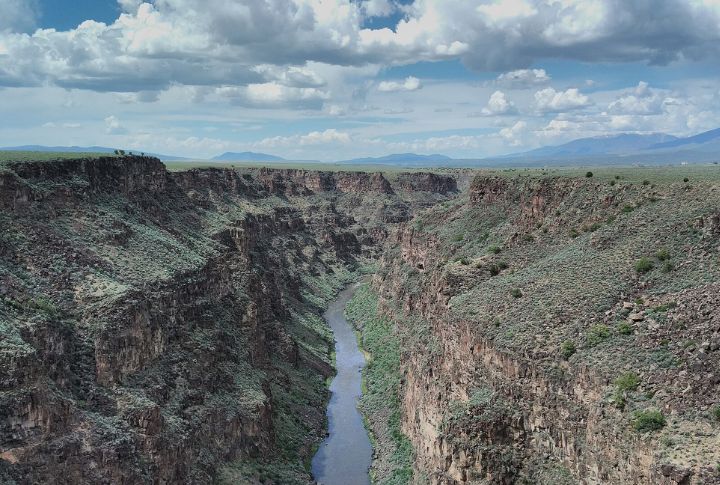
New Mexico’s rattlesnakes thrive in elevation zones ranging from 3,000 to 8,000 feet. Dry riverbeds are prime hunting grounds for the Mottled Rock Rattlesnake, a species whose color matches the volcanic stone of the Rio Grande Gorge. Other varieties, like Prairie and Rock Rattlesnakes, have adapted to the state’s wide range of climates, from chilly mountain mornings to blazing hot afternoons.
Nevada
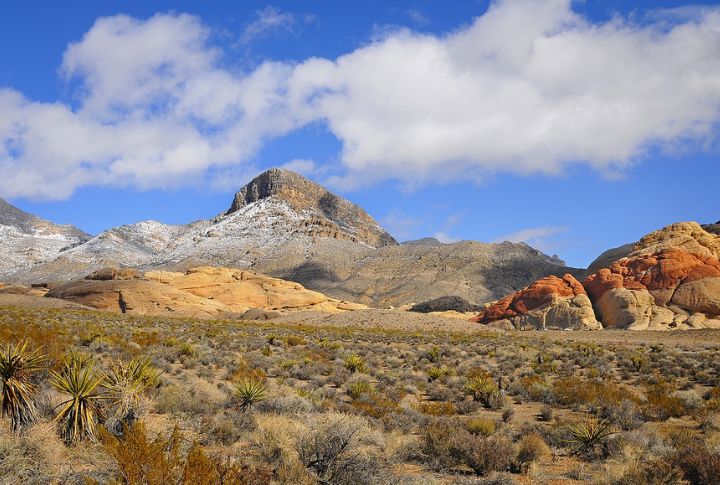
Nevada’s Mojave Desert hosts two of North America’s most iconic rattlesnakes—the Mojave and Western Diamondback. Both favor arid, rocky habitats such as Red Rock Canyon. These snakes are most active during cooler hours, emerging at dawn or dusk to avoid extreme heat. Shifting temperatures and rugged terrain make prime conditions for spotting them.
California
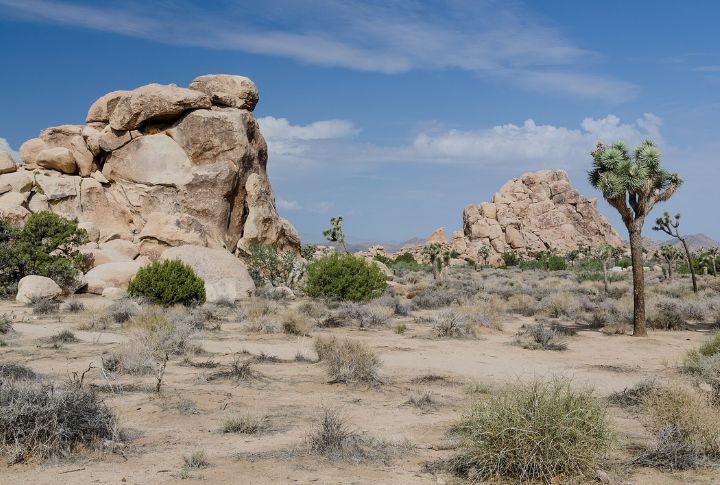
From the Sierra foothills to the coastal chaparral, California is home to seven native rattlesnake species. Including the Northern and Southern Pacific, they are often found in their coastal scrub, foothills, and even urban areas. Hiking the Sierra foothills or driving the Mojave Desert, you’re likely to encounter a rattler basking in the sun, as these snakes are most active in the spring and fall.
Colorado
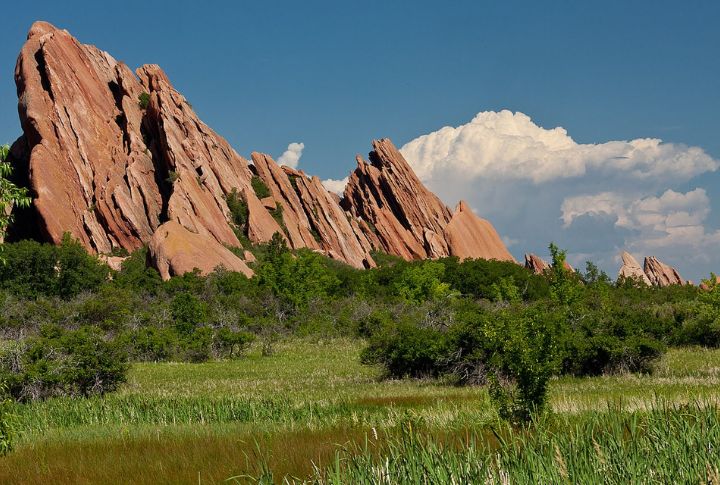
The Prairie Rattlesnake dominates Colorado’s eastern plains and Front Range foothills. In Weld County, ranchers frequently encounter them near irrigation ditches, hay bales, and sun-warmed barns. These snakes overwinter communally, often in rock crevices or burrows sometimes shared with bullsnakes, and typically emerge as soon as daytime highs consistently reach the low 60s.
Utah
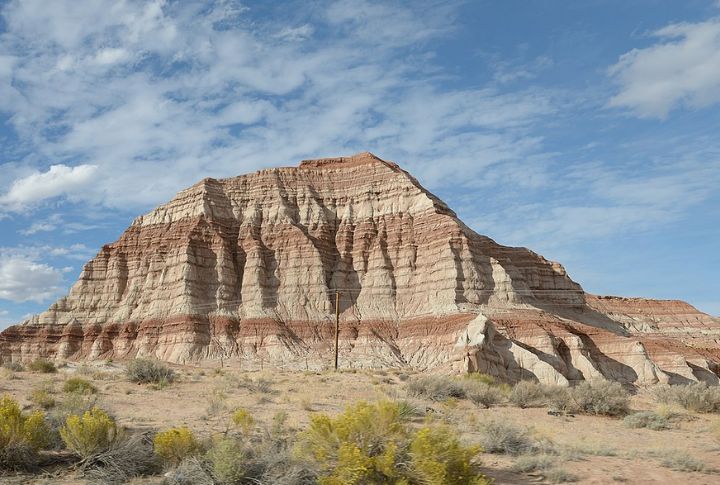
Utah is home to the Great Basin Rattlesnake, a species adapted to some of North America’s driest, coldest regions. Along with the Hopi Rattlesnake, it hunts in rocky outcrops, sagebrush flats, and desert basins, preying on lizards, small mammals, and birds. Both tolerate cooler temperatures and often stay active into October, outlasting many other rattlesnake species.
Oklahoma
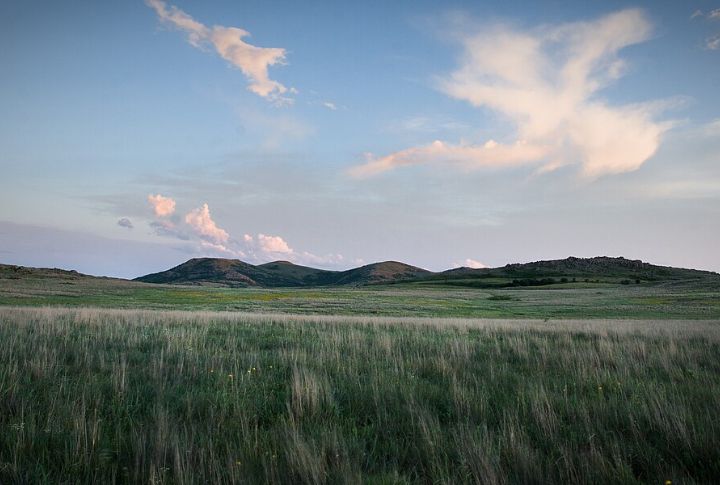
Few states host annual rattlesnake events quite like Oklahoma. In towns like Okeene and Apache, springtime roundups celebrate the state’s five native species, including the Western Massasauga. These short, stout rattlers prefer damp grasslands and marsh edges—habitats where most people don’t expect venomous snakes.
Florida
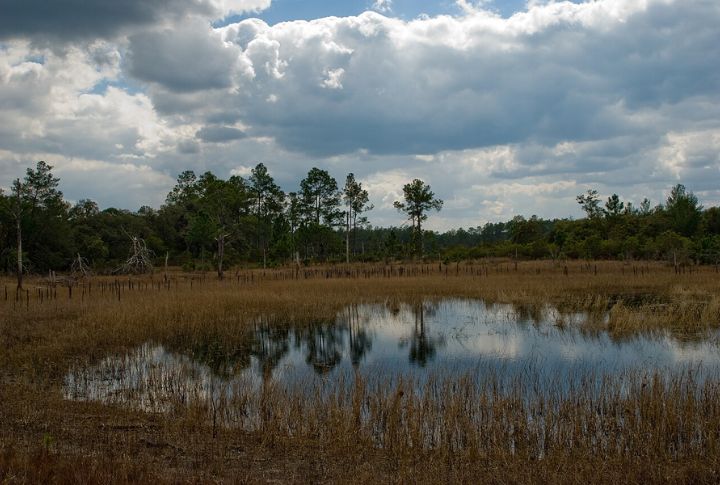
The Eastern Diamondback, native to Florida, is the heaviest rattlesnake in the Americas and often exceeds six feet in length. It thrives in fire-managed pinelands, where regular burns maintain open ground and low vegetation, ideal for spotting and ambushing prey. Unlike their desert cousins, these snakes remain active most months thanks to Florida’s warm climate.
Georgia
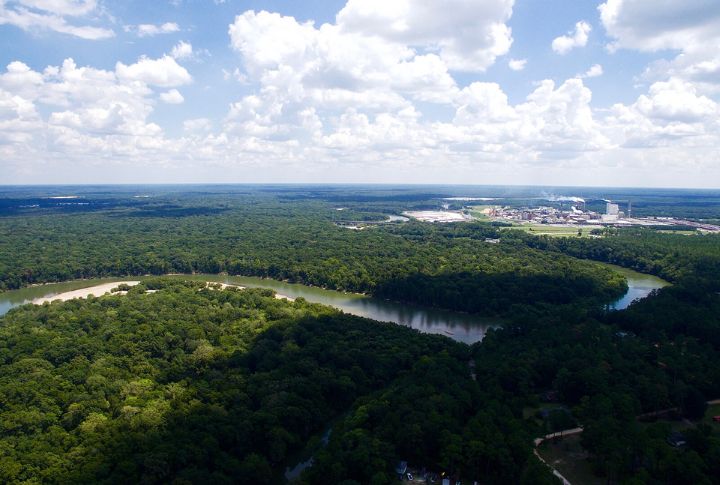
Southern Georgia’s longleaf pine ecosystem supports both Timber and Eastern Diamondback Rattlesnakes. In protected areas like the Altamaha River corridor, Eastern Diamondbacks often take shelter in abandoned gopher tortoise burrows. These shared refuges, used by box turtles and toads, help buffer extreme heat and provide stable conditions during the hottest parts of the year.
